Update: our a6500 vs X-T2 complete comparison is now online!
Back in February, Sony announced the successor to its popular a6000 camera, the a6300. It was the first of many “second generation” mirrorless cameras to hit the market this year, featuring a more robust build, a more capable autofocus system, and better video capabilities.
It was therefore quite a surprise when, in October, Sony announced a new flagship model that would dethrone the a6300 after less than a full year at the top – the Sony a6500.
In this comparison preview, we’re going to have a look at the ten main differences between the new a6500 and its primary competitor within the APS-C mirrorless range, the Fujifilm X-T2.
Although these two models share many of the same characteristics, including a 24MP APS-C sensor, an advanced hybrid autofocus system, 4K video capabilities and even the price, there are quite a few ways in which they differ as we’ll discover below.
Ethics statement: The information supplied in this article is based on official specifications, press releases and our personal experience with Sony and Fujifilm cameras. For the full comparison, click here. We were not asked to write anything about these cameras, nor were we provided any compensation of any kind. Within the article, there are affiliate links. If you decided to buy something after clicking the link, we will receive a small commission. To know more about our ethics, you can visit our full disclosure page. Thank you!
1. SLR vs. rangefinder design
The most conspicuous difference is the physical appearance of the two cameras.
The X-T2 has an SLR-like design with an electronic viewfinder (EVF) placed at the centre of the body. It is both larger and heavier than the a6500 with measurements of 132.5mm x 91.8mm x 49.2mm and a weight of 507g.
The a6500 weighs approximately 453g and measures 120.0mm x 66.9mm x 53.3mm. It has a flat-topped rangefinder-type body with the EVF located on the left-hand side of the body.
While the X-T2 is completely weather-sealed including freeze resistance down to -10°C, the a6500 is only dust and moisture resistant. Both bodies feature a fairly prominent grip and can be charged via USB. Though both have a hot shoe to attach accessories, only the a6500 has a pop-up flash built into the body.
2. External controls
Of all the mirrorless cameras in existence, the Fujifilm X series bears the strongest resemblance to analog film cameras due to the presence of many traditional dials and buttons.
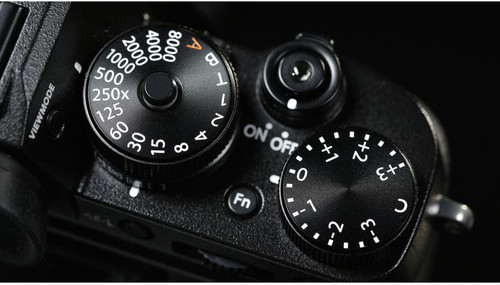
In the case of the X-T2, you will find the following: shutter speed / ISO / exposure compensation dials, front and rear control dials, drive and metering dials, an AF joystick, and six custom function buttons around the body. What’s more, all Fujifilm XF lenses feature a clicking aperture ring. Having these external controls means you can avoid entering the menu unless absolutely necessary and immerse yourself in the shooting experience.
The a6500, being smaller, has fewer external controls. Indeed, the only external dials you’ll find on the body are the PSAM dial, control dial, and rear control wheel, and many Sony E-mount lenses for APS-C lack an aperture ring. However, you do get ten custom function buttons, which offsets the shortage of external controls.
3. Rear LCD screen
There are very few mirrorless cameras that lack a tilting screen these days, but they way in which they are implemented often differs, as in the case of the a6500 and X-T2.
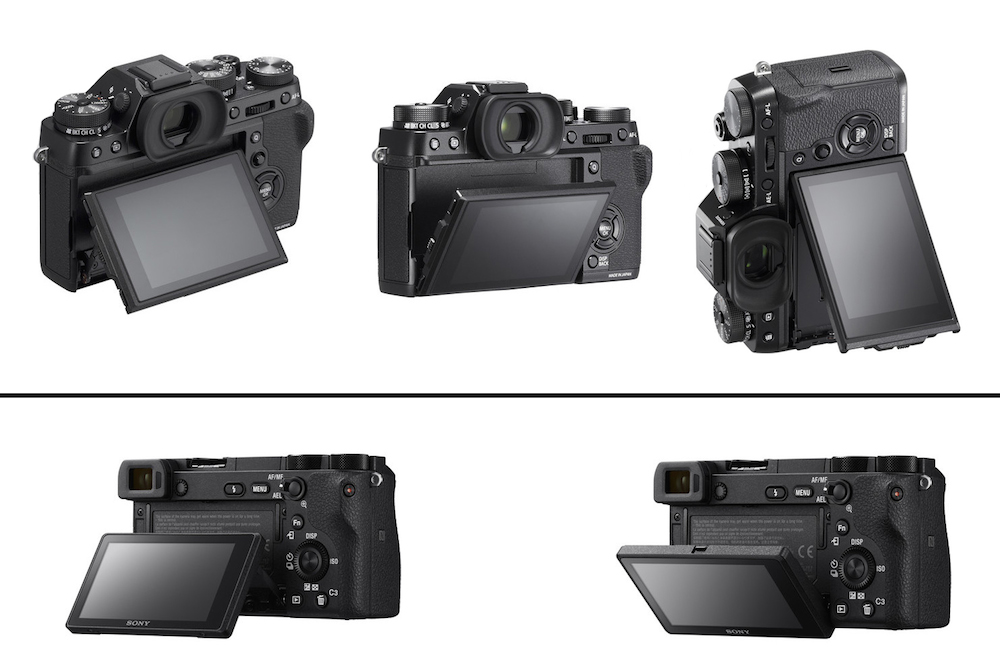
The a6500 has a standard tilting screen that rotates up 90 degrees and down 45 degrees, while the X-T2 has an innovative 3-way tilting screen that tilts up 90 degrees, down 45 degrees and 45 degrees to the side.
Both are useful for taking shots at awkward angles but the X-T2’s screen gives you that extra mobility when shooting in portrait orientation.
4. Touch sensitive LCD monitor
The a6500 is the first high-end Sony camera to come with the benefit of a touch sensitive LCD screen. Its overdue inclusion is likely the result of complaints from consumers who couldn’t understand Sony’s resistance to the technology, despite it being used on other mirrorless models from Olympus and Panasonic for years.
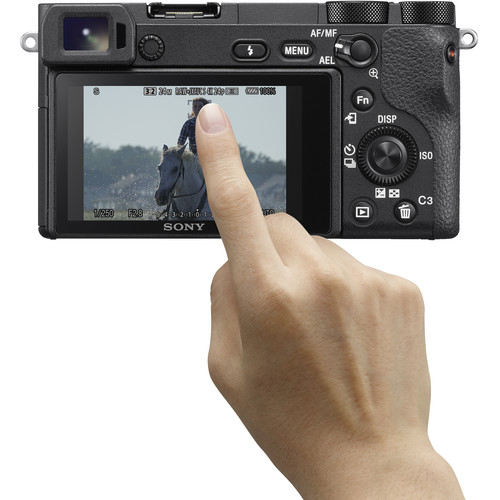
Touch sensitivity is useful for changing the autofocus point on the fly, and on this particular model, it remains active even when you are looking through the EVF.
The X-T2’s screen lacks all touch sensitivity, making Fujifilm the last bastion of resistance against touch technology on high-end models.
5. In-body stabilisation vs. optical stabilisation
Perhaps the most important difference between the a6500 and X-T2 regards the way in which they incorporate stabilisation.
The a6500 is the first Sony APS-C body to feature 5-axis in-body sensor stabilisation, which is compatible with all E-mount lenses that transmit EXIF data. It compensates for five types of camera shake for both stills and movies up to the equivalent of 5 steps, letting you to use the camera at slow shutter speeds with minimal camera shake.
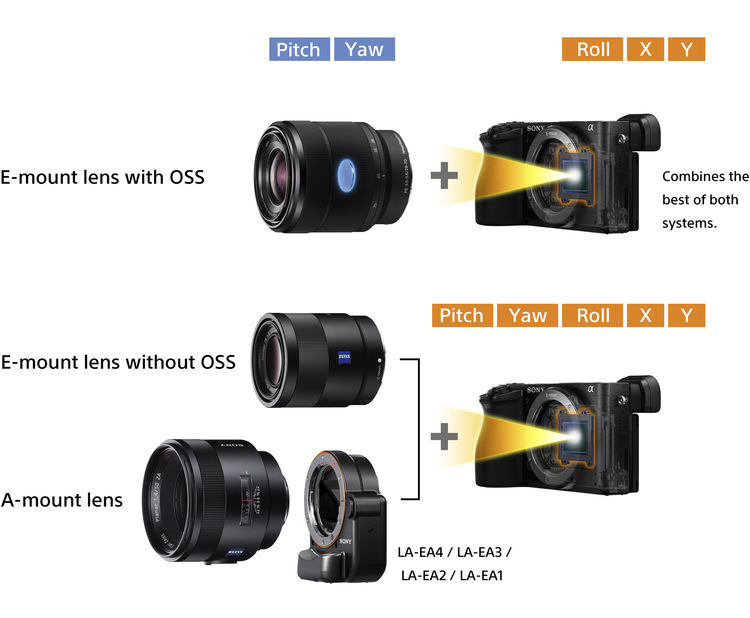
With Sony E-Mount lenses that feature optical stabilisation, the camera uses 3 axes on the sensor and the 2 axes on the lens. Even if your lens doesn’t have electronic contacts, such as a manual focus lens, you still have access to 3 axes on the sensor.
By half-pressing the shutter button, the effect of the image stabilisation can be monitored on screen, either through the EVF or on the LCD. This is available even when the lens does not have built-in shake compensation.
To have access to image stabilisation on the X-T2, you must use Fujinon lenses with built-in OIS. In our experience, most OIS lenses from Fujifilm perform very well, so it will be interesting to see how effective it is compared to the 5-axis stabilisation of the a6500.
6. Single vs. dual SD card slot
One reason many photographers give for not switching over to mirrorless is the lack of a dual SD card slot. This is because dual slots let you a) record JPGs to one card and RAW files to another, b) back up your shots, or c) have the camera switch over to the second card when the first is full.
Following the Leica SL, the recently announced Olympus OM-D E-M1 II and Fujifilm’s own X-Pro2, the X-T2 is the fourth mirrorless cameras to feature a dual SD card slot, and it is likely there will be many more in the future since it is such a frequently requested feature.
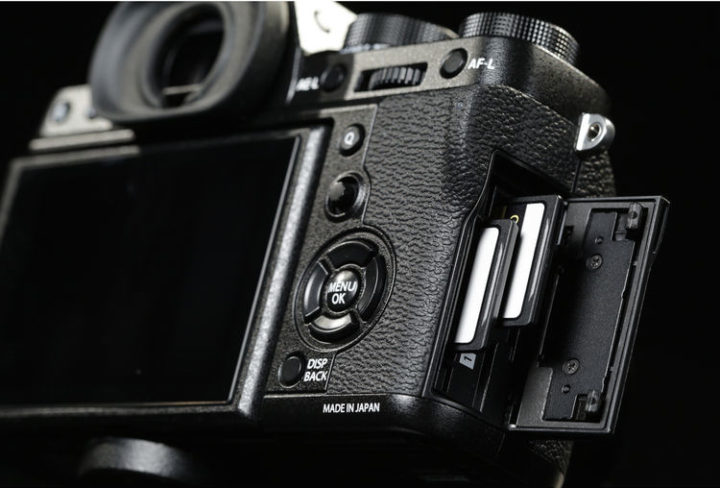
The a6500 only has one slot found within the battery compartment at the bottom of the camera, probably because the body is too small to accommodate two.
7. Live view and refresh rate of EVF/LCD
Both the a6500 and X-T2 come with the option of a Live View on the LCD / in the EVF while shooting a continuous burst, meaning that they show you a real-time preview of your scene with blackouts rather than just a playback of the final image in a burst. With Live View activated, it is easier to follow moving subjects such as a bird in flight or a football player as the lag between the action and what you see in the EVF is reduced.
With the a6500, you can shoot up to 11fps in C-AF but Live View only becomes accessible at 8fps and below. The X-T2 can shoot up to 8fps (11fps with the vertical battery grip) but Live View is only available up to 5fps.
The EVF of the X-T2 has a refresh rate of up to 100fps with the Boost mode or 60fps in standard mode. With the a6300, there is a choice between 50fps and 100fps (PAL) or 60fps and 120fps (NTSC).
8. Autofocus capabilities
Both cameras feature the latest hybrid autofocus systems offered by their respective manufacturers.
The X-T2 has 325 autofocus points with 91 phase detection points that cover 40% of the central area of the sensor. With certain settings, these phase detection points can be subdivided into 169 points. Exclusive to this camera is the new AF-C Custom Settings menu which, depending on the movement and speed of your subject, allows you to customise the speed and reactivity of the autofocus, in addition to the zone of the image to which it gives priority. It also has a useful focus lever to rapidly change the autofocus point.

Like the a6300 before it, the a6500 has a colossal 425 phase detection / 169 contrast detection points across the entire surface of the sensor. With the help of its advanced 4D Focus hybrid autofocus system and high-density tracking AF, the camera activates a large number points around a subject to track it more effectively. Since it lacks a focus lever, you must use the four buttons on the control wheel to change the autofocus point.
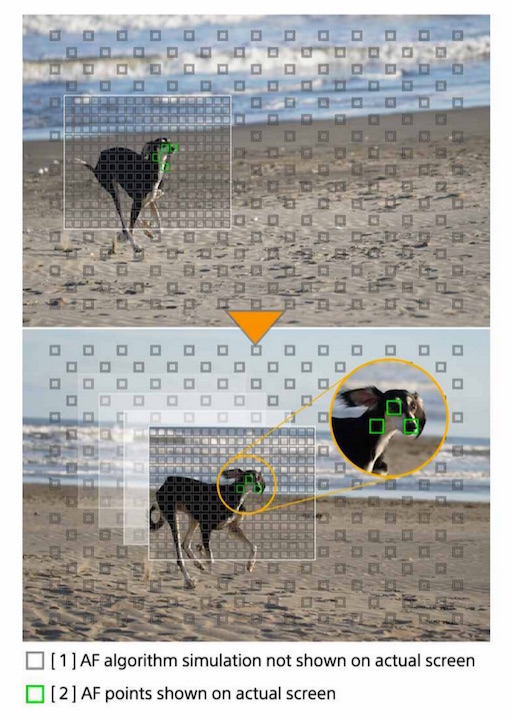
Though it is true that the a6500 has more phase detection points, we don’t expect to see a big difference in performance between the two models in practice. Indeed, in our comparison with the a6300 and X-Pro2, which have identical AF systems to the a6500 and X-T2 respectively, we found that both did a wonderful job of tracking subjects for both stills and video. Of course, the only way to know for sure is to test the two cameras side-by-side in a real-world situation.
9. Shutter speeds
The maximum shutter speed of the X-T2 is faster than the a6500 regardless of whether you use the mechanical (1/8000s) or electronic (1/32000s) shutter.
The mechanical and electronic shutter speeds of the a6500 are both limited to 1/4000 but the Sony camera also has an electronic first-curtain option. Both electronic shutters offer a silent mode but it seems that Sony is the only brand that doesn’t take advantage of the electronic option to increase the speed (unlike its RX100 series).
10. Video capabilities
Below you can watch our 4K video comparison between these two cameras.
Before the arrival of the X-T2, very few videographers would have given Fujifilm a second glance. The new camera changes all that with the addition of 4K at 24, 25 and 30fps and Full HD up to 60fps with a data rate of 100Mbps.
Another appealing addition comes in the form of the flat F-Log Gamma profile that you can grade in post-production. However, it is only available via the HDMI output, so you will need an external recorder to take advantage of it. Fujifilm’s colour profiles for stills, known as Film Simulation Modes, can also be used for video.
With the vertical battery grip attached and set to ‘boost’ mode, you can record in 4K for up to 30 minutes, but this is drops down to 10 minutes in 4K or 15 minutes in Full HD without. (Fujifilm states that this limit, along with the inclusion of a heat sink, helps to mitigate the risk of overheating.) For 4K video, the camera does full pixel readout and performs a 1.17x crop, slightly reducing the field of view.
The a6500’s 4K capabilities are more or less the same as those of the X-T2, barring a handful of differences.
First, it offers full pixel readout at a native resolution of 6K and without cropping the sensor (meaning that the field of view doesn’t change). The data is then down-sampled to 4K.
Second, you have the option of a brand new ‘Slow and Quick’ mode. With it enabled, you can record up to 5x Slow Motion or 60x Quick Motion at up to 50Mbps in Full HD, and there are eight shooting frame rates ranging from 1fps to 120fps. The video file can be saved at 24/25p/30p/50p or 60p. This means you can play back the quick or slow motion result in-camera without the need to conform the footage in post-production.
Third, the maximum recording time is 30 minutes regardless of whether you shoot in 4K or Full HD, including quick and slow motion. What has yet to be seen is whether the a6500 body overheats while shooting 4K video, which was one of the biggest defects of its predecessor, the a6300. The issue was mitigated to some degree with firmware update version 1.10 but not eliminated completely.
Finally, there are more picture profiles (nine in total) designed specifically for video that include in-depth settings such as black gamma, knee and colour depth. The profiles also include colour modes, gamma modes and S-log2 / S-log3 to record the widest dynamic range possible. These specific video profile settings are taken from Sony’s CineAlta cinema camcorders.
Bonus: Native lens selection
Comparing the specifications of different camera models is always useful, but it’s often the number of quality lenses available for the system that makes or breaks the deal.
The Sony APS-C lens ecosystem, while far from the worst out there, hasn’t seen the arrival of a new lens for over three years. This is because Sony is investing all its energy into expanding the lens range for the full-frame A7 series. Despite using the same E-mount, these full-frame lenses don’t always suit the diminutive size of APS-C cameras like the a6500 and they are also quite expensive.
And that’s not all; the APS-C lens range also has a disproportionate number of slow aperture zoom lenses. Granted, there are some f/1.8 primes for portraits, f/4 zoom lenses, and some third-party primes such as the Sigma DN and Zeiss Touit series, but if you’re looking for top quality, the Fujifilm X series has more variety on offer.
In just four short years, Fujifilm has produced a very complete lens ecosystem including twelve primes and nine zooms, most of which are very high quality, and we can expect to see at least two more in the first half of 2017. What’s more, many of these lenses feature a clicking aperture ring, premium build quality and weather-sealing.
As a side note, Samyang produces several good manual focus primes that are available for both the E and X mount. The advantage of Samyang is that their products tend to be quite affordable, which is always a bonus!
Conclusion
Update: our a6500 vs X-T2 complete comparison is now online!
As it often happens when two cameras share many similar characteristics, you can’t make a decision based on technical specifications alone. This is why it is so important to physically handle the gear before you make the investment, either by renting it from a service for a few days or trying it out at your local camera store. By “trying before buying”, you can get a real sense of whether there is chemistry between you and the camera – something no website (not even this one!) will ever be able to tell you.
In the case of the X-T2 and the a6500, there are two specifications I feel could seriously impact your decision.
One is access to in-body stabilisation, especially if you enjoy adapting manual focus lenses to your camera. By choosing the a6500, you have access to stabilisation regardless of the lens you use, whereas with the X-T2, your only choice is to use OIS lenses within the X series.
Second is the extra video options. The a6500 has more settings and advanced option for demanding filmmakers, and you don’t need an external recorder to use Log gamma curves.
Otherwise, it really is a matter of personal taste. Those who love manual dials and high quality glass will certainly be drawn to the X-T2, while touch screen enthusiasts will be more tempted by the a6500. Everything else, including excellent image quality, 4K video, fast autofocus, a tilting screen, and a built-in EVF can be found on both bodies.
How about you? Which camera would you choose and why?
Check price of the Sony a6500 on
Amazon | Amazon UK | B&H Photo | eBay
Check the price of the Fujifilm X-T2 on
Amazon | Amazon UK | B&H Photo | eBay

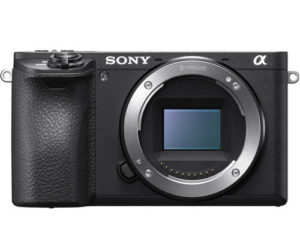
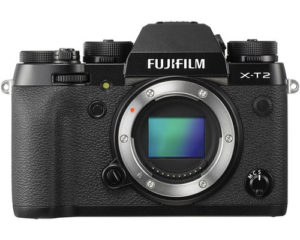
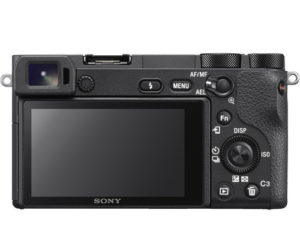
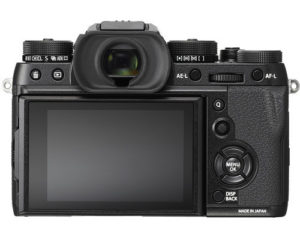
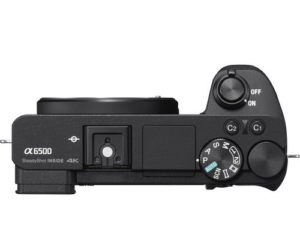

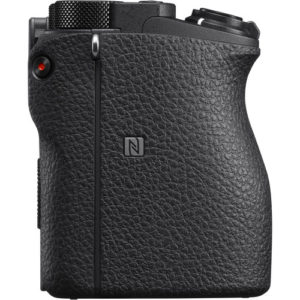



I would choose either. They both seem great. The Fugi seems to be more compelling to me though.
excellent comparison. I think having a 1/4000 physical shutter limit is absurd considering all the sports photography features that have been improved and added into the a6x line.
This is a good comparison, and I am torn between the two. However, I think I would go with the X-T2 because of the manual dials, better lens selection, faster shutter, and dual SD slots.
Good summary, thanks. Sometimes you mention a6300 in the article and I wonder if you meant a6500.
I had the Sony A6000 but i did not like the menu the lack of rear control dial and you need to press a button before you can select a focus point. The specks are better for
Sony but i think working with the camera is much nicer with the Fuji.